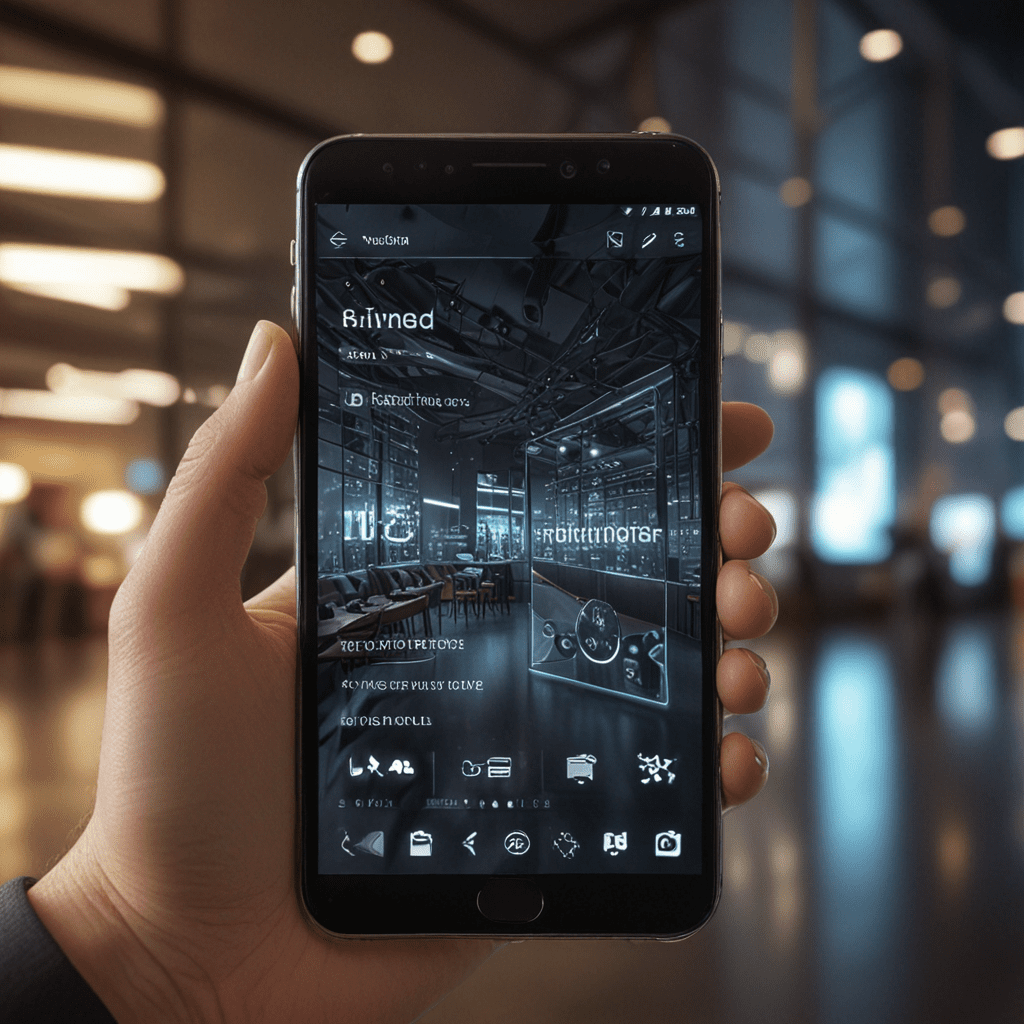The Impact of Neuromorphic Computing in Mobile Apps
I. Introduction
A. Definition and Overview of Neuromorphic Computing
Neuromorphic computing represents a revolutionary approach to computing, inspired by the intricate workings of the human brain. It mimics the human brain's neural structure, enabling unparalleled performance and energy efficiency in various applications, including mobile devices. Neuromorphic chips consist of artificial neurons and synapses, allowing them to learn, adapt, and make intelligent decisions.
B. Growing Need for Efficient Computing in Mobile Apps
The burgeoning mobile app ecosystem places an increasing demand on efficient and intelligent computing. With the proliferation of sophisticated apps featuring advanced functionalities such as artificial intelligence (AI), natural language processing (NLP), and augmented reality (AR), there is a pressing need for computing solutions that can handle complex tasks without compromising performance or battery life. Neuromorphic computing emerges as a promising solution to meet these demands.
II. Advantages of Neuromorphic Computing for Mobile Apps
A. Enhanced Performance and Energy Efficiency
Neuromorphic computing excels in delivering superior performance while consuming significantly less energy compared to traditional architectures. This efficiency stems from the event-driven nature of neuromorphic chips, which only process active signals, eliminating unnecessary computations. This attribute renders them ideal for mobile devices with limited battery capacities, allowing them to run sophisticated apps for extended periods.
B. Improved Accuracy and Learning Capabilities
Neuromorphic systems exhibit remarkable accuracy in various tasks, including image recognition, speech recognition, and natural language processing. Their inherent ability to learn and adapt enables them to handle complex problems and improve their performance over time. This learning capability is vital for mobile apps that rely on real-time data analysis and personalization.
C. Reduced Latency and Increased Responsiveness
Neuromorphic computing's event-driven processing eliminates latency issues, leading to highly responsive and real-time applications. This is crucial for mobile apps that require immediate responses, such as voice assistants, augmented reality experiences, and gaming applications. Reduced latency enhances user satisfaction and makes the overall mobile experience more engaging.
III. Applications of Neuromorphic Computing in Mobile Apps
A. Natural Language Processing and Speech Recognition
Neuromorphic computing empowers mobile apps with advanced NLP and speech recognition capabilities. It enables devices to interpret natural language, engage in human-like conversations, and perform real-time speech-to-text conversions. This transformative technology enhances user interaction, simplifies information access, and opens up new possibilities for voice-controlled apps and services.
B. Image and Video Processing
Neuromorphic systems excel in image and video processing tasks, providing mobile apps with enhanced visual capabilities. They can perform object recognition, image segmentation, and video compression efficiently. This enables mobile devices to capture high-quality images and videos, process them in real-time, and deliver advanced features like object tracking, scene analysis, and augmented reality experiences.
C. Augmented and Virtual Reality
Neuromorphic computing plays a pivotal role in the development of immersive augmented and virtual reality (AR/VR) experiences on mobile devices. Its low latency and high performance allow for seamless integration of virtual objects into the real world, enabling users to interact with digital content in a realistic and engaging manner. Neuromorphic computing empowers mobile AR/VR apps to deliver immersive experiences, enhanced spatial awareness, and interactive simulations.
IV. Challenges and Future Directions
A. Hardware and Software Development Limitations
The advancement of neuromorphic computing in mobile apps hinges on the development of specialized hardware and efficient software tools. Ongoing research efforts are focused on designing and optimizing neuromorphic chips for mobile devices, while software frameworks are being developed to facilitate the implementation of neuromorphic algorithms.
B. Integration with Existing Platforms
Integrating neuromorphic computing into existing mobile platforms presents challenges. Researchers are exploring ways to seamlessly incorporate neuromorphic chips into mobile devices without disrupting current architectures. This integration will enable developers to leverage the benefits of neuromorphic computing in their apps without extensive modifications.
C. Algorithm Optimization for Neuromorphic Systems
Optimizing algorithms for neuromorphic systems is crucial for maximizing their efficiency and effectiveness. Researchers are investigating new algorithms and modifications to existing ones to best suit the unique characteristics of neuromorphic hardware. This optimization will unlock the full potential of neuromorphic computing in mobile applications.
V. Conclusion
A. Summary of Key Benefits and Applications
Neuromorphic computing holds immense promise for revolutionizing mobile applications by offering unparalleled performance, energy efficiency, accuracy, and responsiveness. It enables the development of sophisticated mobile apps that can perform complex tasks, process large volumes of data, and deliver immersive experiences. Key applications include natural language processing, image processing, augmented reality, and virtual reality.
B. Outlook for the Future of Neuromorphic Computing in Mobile Apps
With ongoing advancements in hardware, software, and algorithm optimization, neuromorphic computing is poised to make a significant impact on the future of mobile apps. As these technologies mature, we can expect to see even more transformative mobile applications that leverage the unique capabilities of neuromorphic systems, pushing the boundaries of mobile computing and enhancing our daily lives.
FAQs on Neuromorphic Computing in Mobile Apps
What is the significance of neuromorphic computing in mobile apps?
Neuromorphic computing empowers mobile apps with enhanced performance, energy efficiency, accuracy, and responsiveness, unlocking new possibilities for sophisticated and immersive applications.
How does neuromorphic computing improve mobile app performance?
Neuromorphic chips mimic the human brain's structure, enabling event-driven processing that consumes less energy and delivers superior performance compared to traditional architectures.
What are some real-world applications of neuromorphic computing in mobile apps?
Neuromorphic computing finds applications in natural language processing, image processing, augmented reality, and virtual reality, enabling mobile devices to perform complex tasks efficiently and deliver immersive experiences.
What are the challenges in implementing neuromorphic computing in mobile apps?
Challenges include hardware and software development limitations, integration with existing platforms, and algorithm optimization for neuromorphic systems.
What is the future outlook for neuromorphic computing in mobile apps?
Ongoing advancements in hardware, software, and algorithm optimization promise to unlock the full potential of neuromorphic computing in mobile apps, leading to even more transformative and immersive mobile experiences in the years to come.


